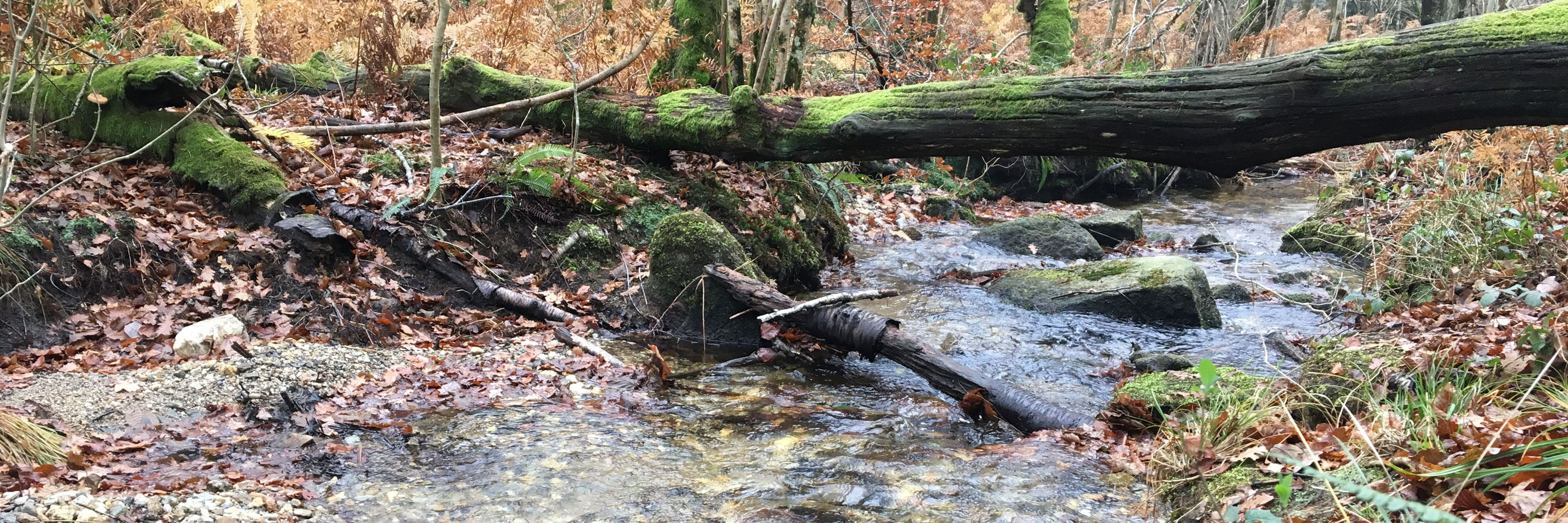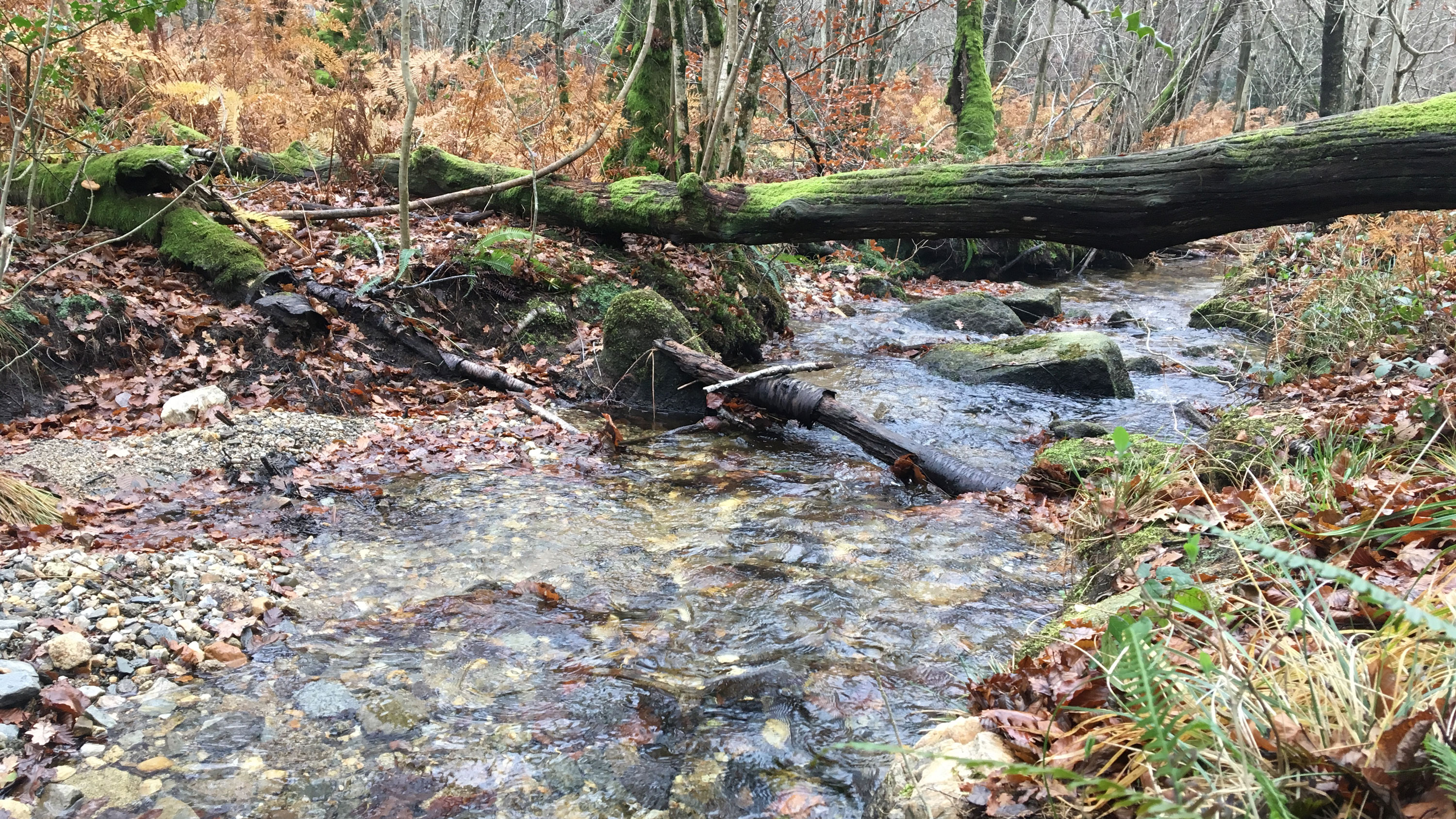
What are aquatic fungi?
Aquatic fungi form a morphologically, phylogenetically and ecologically diverse group. We broadly define aquatic fungi as fungi that rely on aquatic habitats for the whole or part of their life cycle.
Aquatic fungi are microscopic organisms with
mostly mycelial growth and hyphae developing on or within their typically
submerged organic substrates of plant or animal origin.
Often they have special
adaptations for growth, sporulation, and dispersal in aquatic environments.
Aquatic fungi are ecologically diverse (incl. decomposers, endophytes, symbionts, predators, parasites, pathogens), and influence food web dynamics and ecosystem functioning through interactions with all trophic levels.
Currently there are more than 3000 species of freshwater fungi described.
Aquatic fungi are ecologically diverse (incl. decomposers, endophytes, symbionts, predators, parasites, pathogens), and influence food web dynamics and ecosystem functioning through interactions with all trophic levels.
Currently there are more than 3000 species of freshwater fungi described.
 Mycelium of an aquatic fungus
Mycelium of an aquatic fungusPhoto: Andreas Bruder

A stream in the Montagne Noire forest, southern France. This is a typical habitat for aquatic fungi
Photo: Andreas Bruder











